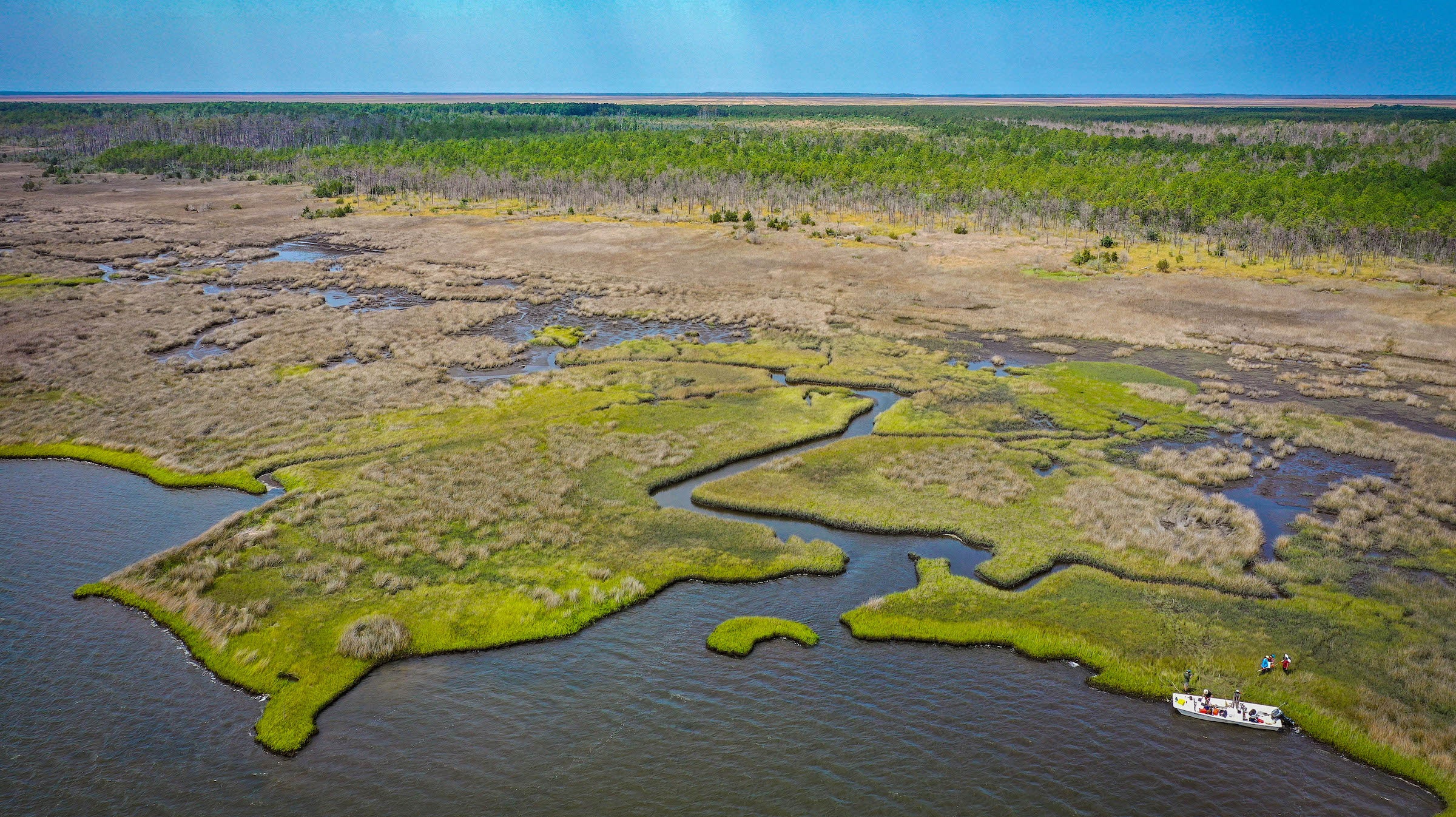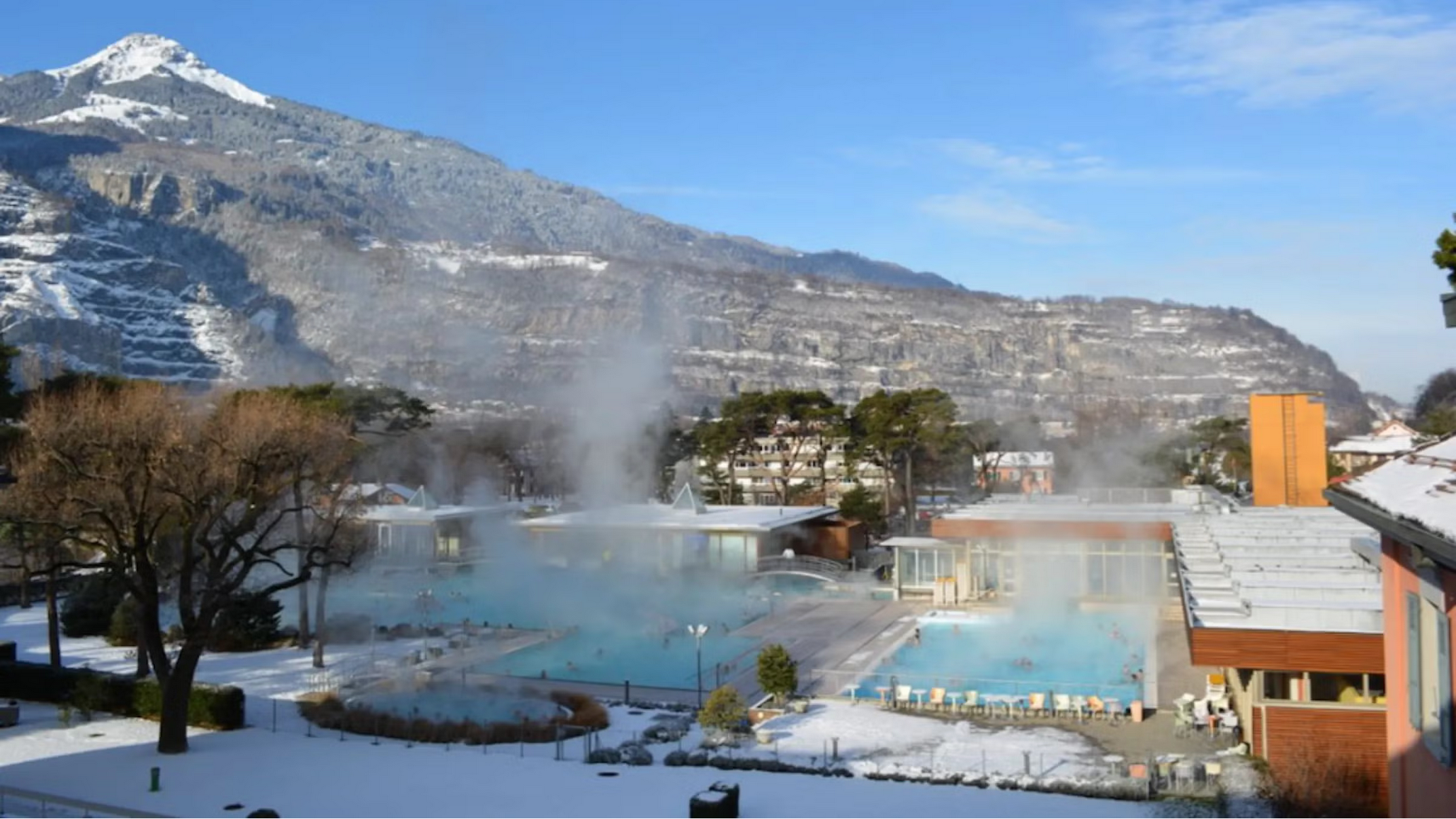Reading the Tea Leaves
Sometimes well known, simple household objects can be the best tools to use in a science experiment.

Researchers at the Mission-Aransas Reserve are part of an international experiment with the Smithsonian MarineGEO (Global Earth Observatory). Tea bags are used to determine salt marsh decomposition rates, how microbes help the decomposition and if the environment makes a difference. Tea bags it turns out are a great source for science because they are readily available throughout the globe and are similar in size, weight and composition.
The rate of decomposition in salt marshes is important to understand because vast amounts of organic matter are stored in their sediments. You will often hear them referred to as a sink for atmospheric carbon dioxide. A better understanding of how carbon decomposes, via teabags in this case, will be used to develop better predictions of greenhouse gases that are stored in estuaries.
To better the understanding of how microbes are aiding or reducing decomposition, researchers bury both green and rooibos tea bags along transects. Each is put in a window screen pouch to protect the tea from being eaten by larger animals, such as worms.
Researchers are also interested in understanding how decomposition differs in areas with high nutrients and some of the tea bags are buried with fertilizer (Osmocote brand). The tea bags are unearthed after 90 days and measured to see how much carbon is left and what microbes are present. Microbes are determined with next-gen microbial sequencing.
There are 49 sites across the globe conducting this experiment. This massive sampling effort will allow researchers to understand how temperature across the multiple latitudes impacts decomposition rates and if temperature or latitude changes the microbial communities. The international teabag experiment is led by MarineGeo, which is a global network of partners focused on understanding how coastal marine ecosystems work. This portion of the tea bag experiments is in partnership with David M. Baker, Isis Guibert and Shelby McIlroy of the School of Biological Sciences, Swire Institute of Marine Science, The University of Hong Kong.
Researchers at Mission-Aransas Reserves, partnering with 18 sites around the country that represent 330 data points, are also using tea bags to understand how factors in the environment, such as salinity, temperature and nutrients, affects decomposition. The researchers are deploying tea bags in several different habitats at Egery Flats, Mud Island West, Mud Island East and Aransas National Wildlife Refuge. The national effort is in partnership with the National Estuarine Research Reserve System and with Kari St. Laurent (Research Coordinator, Delaware National Estuarine Research Reserve) and Kyle Derby (Research Coordinator, Chesapeake Bay National Estuarine Research Reserve).
Both the international and national experiments will conclude this fall and the researchers will see how the 'tea leaves read' approximately a year from now.



